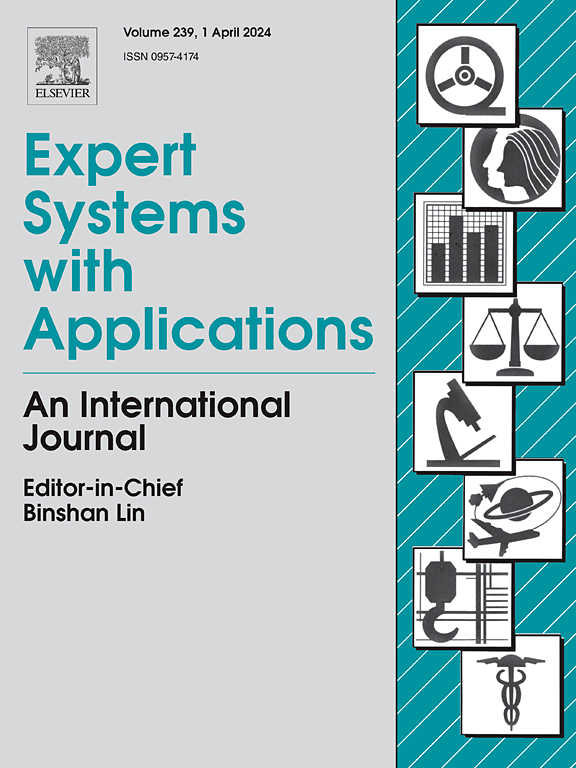Pareto Front Improvements Phase using linkage learning and mating restrictions for solving multi-objective industrial process planning problems with low-sized pareto fronts
IF 7.5
1区 计算机科学
Q1 COMPUTER SCIENCE, ARTIFICIAL INTELLIGENCE
引用次数: 0
Abstract
A thorough analysis of the features of real-world optimization problems is advantageous for many reasons. It helps in choosing an appropriate optimizer to solve the problem at hand. It allows to propose problem-dedicated mechanisms that improve the optimizer’s effectiveness and efficiency. Finally, it allows us to check if and which problems share similar features. In this work, we consider the multi-objective NP-hard production planning problem. We identify that its instances are characterized by the low-sized Pareto fronts, i.e., the best-known Pareto fronts for the instances of this problem are of low size when compared to problem size. To handle such problems, we propose two mechanisms. The first is the Pareto Front Improvement (PFI) phase, which joins objective space-based population clusterization, variable dependency utilization, mating restrictions, and elitism. The second is the solution comparing (CS) procedure that joins the dominance relation, crowding distance, and scalarization using weight vectors. These mechanisms are introduced into the Multi-Objective Parameter-less Population Pyramid (MO-P3), the state-of-the-art optimizer dedicated to multi-objective optimization in binary domains to propose MO-P3-SC-PFI. The experiments show that for the considered real-world problem, MO-P3-SC-PFI is highly competitive with other state-of-the-art optimizers. Additionally, we show that it is effective in solving typical benchmarks. Its advantage increases with the decrease of the ratio between the PF size and problem size.
求助全文
约1分钟内获得全文
求助全文
来源期刊

Expert Systems with Applications
工程技术-工程:电子与电气
CiteScore
13.80
自引率
10.60%
发文量
2045
审稿时长
8.7 months
期刊介绍:
Expert Systems With Applications is an international journal dedicated to the exchange of information on expert and intelligent systems used globally in industry, government, and universities. The journal emphasizes original papers covering the design, development, testing, implementation, and management of these systems, offering practical guidelines. It spans various sectors such as finance, engineering, marketing, law, project management, information management, medicine, and more. The journal also welcomes papers on multi-agent systems, knowledge management, neural networks, knowledge discovery, data mining, and other related areas, excluding applications to military/defense systems.
 求助内容:
求助内容: 应助结果提醒方式:
应助结果提醒方式:


